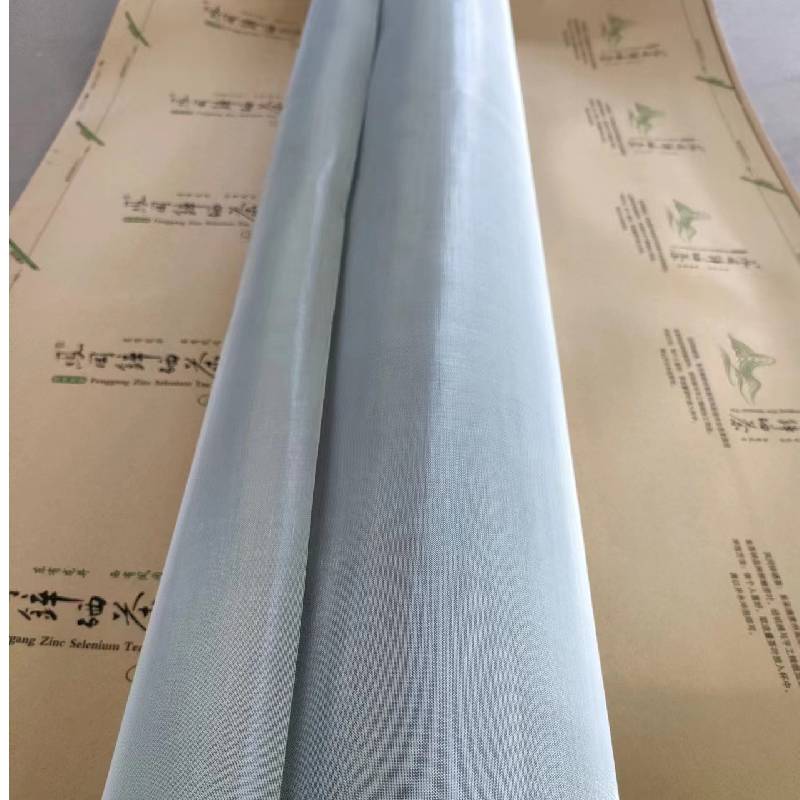The Concept of the Cyclone Fence Security and Boundaries
In an ever-evolving world, the concept of boundaries and security has become increasingly important. One prominent embodiment of this notion is the cyclone fence, a structure that has gained popularity in various settings, from residential backyards to industrial complexes. This article delves into the characteristics, uses, and significance of cyclone fences, exploring how they serve as both physical barriers and symbols of security.
A cyclone fence, also known as chain-link fencing, is made from galvanized steel wire that is woven together to create a diamond-shaped pattern. This design not only provides a strong and durable barrier but also an unobtrusive view of the surrounding area. Unlike solid fences that block visibility, cyclone fences allow light and air to pass through, making them an ideal choice for those who desire a balance between security and openness.
The primary function of a cyclone fence is to provide security. It serves to delineate property lines, keeping unwanted intruders at bay while offering peace of mind to property owners. This is particularly crucial for businesses that store valuable equipment or materials on their premises. Many companies opt for cyclone fencing to protect their assets from theft, vandalism, or trespassing. In residential areas, these fences provide a sense of safety for families, especially in neighborhoods where children play outdoors.
Another advantage of cyclone fences is their affordability and ease of installation. Compared to traditional wooden or brick fences, cyclone fences are relatively low-cost and can be installed quickly. This has made them a popular choice for budget-conscious individuals and businesses alike. Additionally, they require minimal maintenance; a periodic check for rust or any damage is typically sufficient to keep them in good condition.
cyclone fence
Beyond security, cyclone fences have several practical applications. In agriculture, they are often used to contain livestock and protect crops from wildlife. The flexibility of the material allows it to be shaped according to the landscape, facilitating effective use in rural settings. Similarly, in sports, cyclone fences are frequently used around baseball diamonds, tennis courts, and playgrounds to enhance safety by keeping balls and children within designated areas.
Moreover, cyclone fences play a significant role in industrial and commercial environments. They can be topped with barbed wire or concertina wire to enhance security further, making them an effective deterrent against criminal activities. Various colors and coatings can be applied to the wires, offering customization options that allow businesses to maintain a professional appearance while still achieving high-security standards.
In recent years, the cyclone fence has also become a symbol of boundaries, both physical and metaphorical. In an era marked by discussions around privacy, safety, and community, the cyclone fence serves as a reminder of the need for balance. While it provides security, it also raises questions about exclusion and the walls we build—both literally and figuratively. As societies grapple with these issues, the cyclone fence stands as an emblem of our desire for safety amidst the complexities of human interaction.
In conclusion, the cyclone fence is more than just a physical structure; it embodies a multifaceted approach to security and boundaries. Its versatility, affordability, and ease of installation make it an appealing choice for a range of applications, from domestic to industrial. Yet, as we embrace these fences in our lives, it is essential to reflect on the deeper implications of boundaries and what they signify in our complex world. Whether serving to protect our homes or define our spaces, cyclone fences remind us of our innate need to ensure safety while navigating the intricate dynamics of existence.























